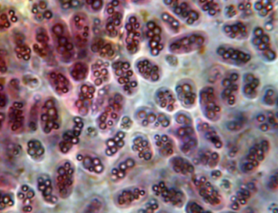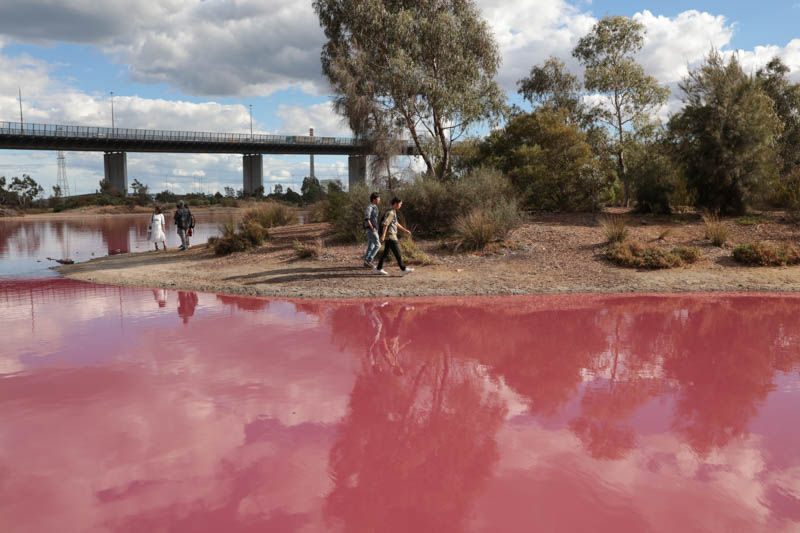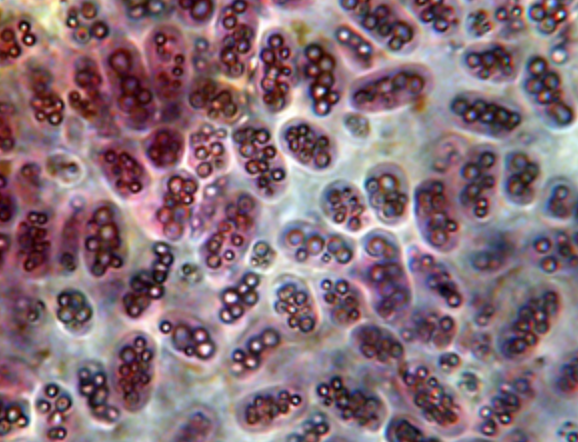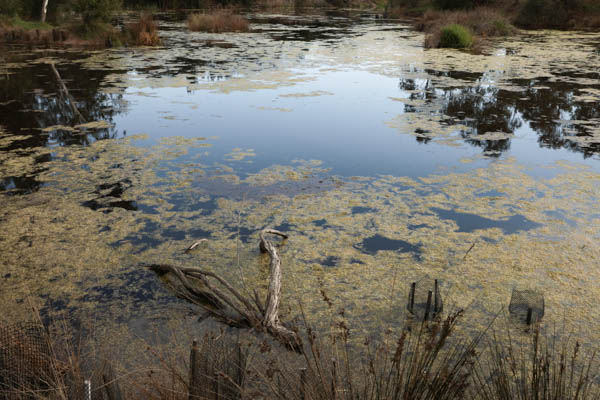Pink lake explained


Salt Lake at Westgate Park 
Purple sulphur bacteria cells
The pinkness has gone now, no doubt because of cooler weather, recent rain and less sunshine, but it was certainly spectacular while it lasted.
We now understand, thanks to sampling by freshwater ecologist, Joan Powling, that this explosion of colour was made by a purple sulphur bacteria, probably Chromatium species, the cells of which are packed with sulphur granules.
Purple sulphur bacteria are natural photosynthetic microorganisms. They produce their own food through photosynthesis, can reduce environmentally harmful organic compounds, lower methane gases and fix carbon and nitrogen.
They are found in anoxic aquatic habitats where hydrogen sulphide accumulates.
See here and here for more about purple sulphur bacteria on Wikipedia.
The aquatic plant we see each year in the Freshwater Lake was identified as the macrophyte Ruppia sp., a native perennial found in lakes of elevated salinity. It is an important food source for waterfowl and it does appear to be consumed by Black Swans.

Freshwater Lake
